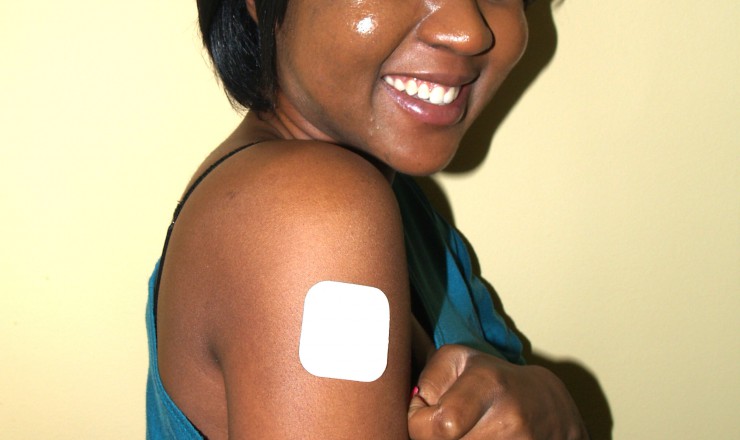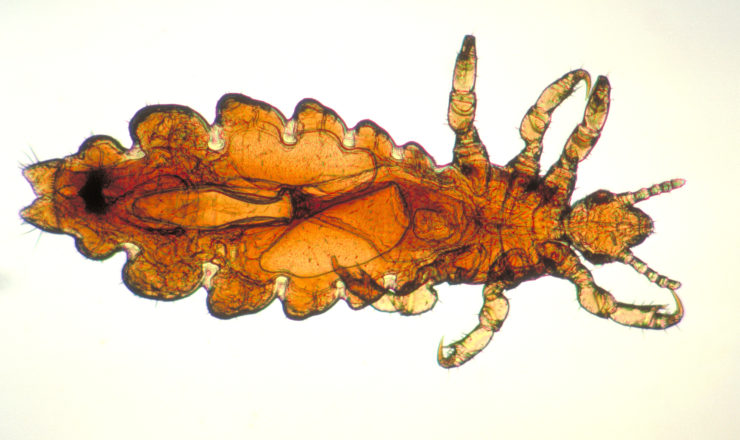Trichomoniasis
What is trichomoniasis?
- Trichomoniasis (trich) is a sexually transmitted infection (STI) caused by a parasite that can only be seen with a microscope.
- It can affect the vagina*, urethra (pee hole), cervix (the opening to the uterus), or under the foreskin of an uncircumcised (uncut) penis*.
How do you get trichomoniasis?
- Trich is found in certain bodily fluids of someone who has trich: semen (cum), pre-cum, vaginal fluid and anal fluid.
- You can get trich from having unprotected vaginal sex with someone who already has it.
- You can get trich if you share sex toys with someone who already has it and you don’t disinfect the toys or put a new condom on them each time a new person uses the toys.
- A pregnant person with trich can sometimes pass it on to their baby during vaginal delivery.
- For more information on how STIs are passed on check out Transmitting STIs: An Unwelcome Gift [Link].
How do you know if you have trichomoniasis?
- The only way to know you have trich is to get tested.
- Some people do not have any symptoms and may not know they have it. You can pass on trich even if you don’t have any symptoms.
- Most people with testicles** will not have symptoms. Most people with cervixes** do not have symptoms or the symptoms may be mistaken for a bladder or vaginal infection.
Possible Symptoms
Vagina/cervix:
- Vaginal discharge that smells or looks different than normal for you
- Pain or bleeding during or after vaginal sex
- Painful or frequent urination (peeing)
- Redness or itchiness around the vulva (the area surrounding the entrance of the vagina)
Penis:
- Mild discharge from the penis
- Painful urination
- Redness or irritation around the tip of the penis
Remember: The biggest symptom of any trichomoniasis infection is no symptoms at all.
How can you get tested for trichomoniasis?
- If you have a vagina, a clinician will do a vaginal exam and take a swab of your cervix.
- A Pap test is not a trichomoniasis test, although they are sometimes done at the same time.
- If you want to be tested for trich, ask specifically for a trichomoniasis test. Do not assume you will be tested for trichomoniasis, even if you ask to be tested “for everything” or “every STI”.
- Tests for people who have a penis are not always available. However, if your partner(s) is diagnosed with trich, you will be given treatment to take as well.
- A pregnant person can pass trich on to their baby during vaginal delivery. If you are pregnant and have not been tested for trichomoniasis, talk to your prenatal care provider.
- For more information on testing for STIs, check out The Real Facts About STI Testing [Link].
What if you get trichomoniasis?
- Trichomoniasis can be cured with medication. You should take all of your medication, even if your symptoms go away before you are finished taking it.
- Your sexual partner(s) should also get treated. If they don’t, they can give trich to you again.
- To make sure you don’t give trichomoniasis to your sexual partner(s), wait for 7 days after your medication is finished to have sex again.
- It is important to treat trich. If left untreated, trich can lead to serious health problems. In people with ovaries, there is an increased risk of: cervical neoplasia (abnormal cells in the cervix); urinary tract infections (UTIs); infertility; and getting HIV if you have unprotected sex with someone who has HIV.
- In people with testicles, untreated trich can reduce fertility and cause swelling in the reproductive tract.
- In someone who is pregnant, untreated trich may lead to preterm delivery.
How can you lower your risk of getting trichomoniasis and/or passing it on to your partner(s)?
- Make informed decisions. Talk to your partner(s) about STIs and the use of safer sex tools.
- Use condoms on penises for vaginal sex.
- If you are sharing sex toys, be sure to disinfect them or put a new condom on them when a new person uses the toys.
- Get tested for trichomoniasis and other STIs when you or your partner has a new sexual partner. Or, if you have new partners often, get STI testing every 3-6 months. If you have symptoms of an STI, get tested right away.
- If you test positive for trichomoniasis, follow your clinician’s instructions for treatment and follow-up.
- For information on how to protect yourself and your partner, check out Protecting Yourself and Your Partners From STIs [Link].
| Useful Tip |
|
For a downloadable resource on this topic, please visit Planned Parenthood Toronto Factsheet Database.
If you have questions about this topic, feel free to contact one of our peer educators. [Link]
*We know that these aren’t the words everyone uses for their bodies (eg. trans folks), and support you using the language that feels best for you.
** People with testicles are usually designated male at birth while people with cervixes are usually designated female at birth. People with testicles don’t always identify as male and people with cervixes don’t always identify as female.
Last Edited: May 2020






